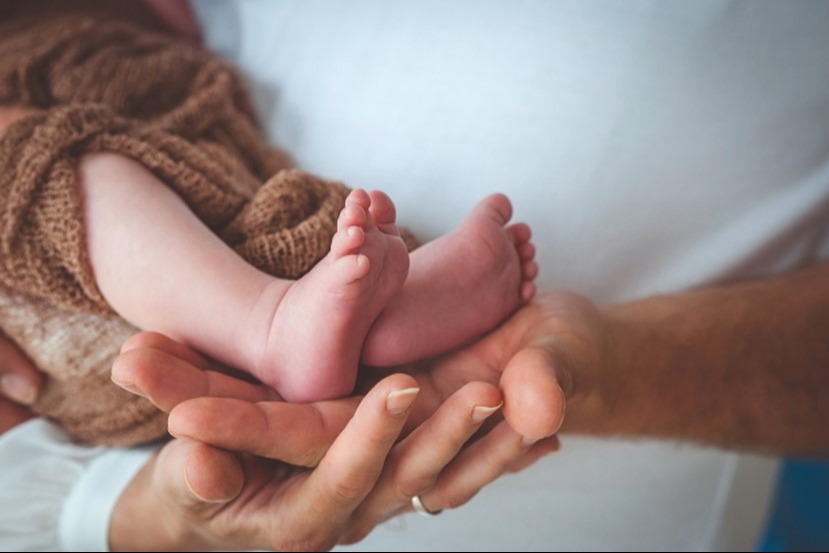
From 1 July 2025, parents will receive 12% superannuation on government-funded paid parental leave (PPL) on top of the minimum weekly wage of $882.75 per week. If enacted, this measure will provide parents who access the PPL government scheme with super contributions paid into their nominated super account equivalent to 12% of their leave pay.
Current eligibility for PPL
Residency test
A person must meet the residency requirements from the day they become the child’s primary carer until the end of the PPL period. The parent must be an Australian citizen, permanent resident or an eligible temporary visa holder.
Work test
To meet the paid parental leave work test, an individual must have:
#1 worked for at least 10 of the 13 months (295 days in a 392-day period) prior to the birth or adoption of the child
#2 worked for at least 330 hours in the 10-month period (at least 7.6 hours a week on average)
#3 had no more than an 8-week gap between 2 consecutive working days.
Income test
Eligibility for the government scheme is limited by taxable income measured in the year prior to having the child. For the 2023–24 year, the income threshold is $168,865 or $350,000 for a 2-parent family.
In a 2-parent family, parents may share the current 20-week PPL between them.
Introduction of super payments by the government
From 1 July 2025, parents accessing the government scheme would also receive government-funded superannuation contributions into their nominated super account, at 12% of the leave pay.
Under the current minimum weekly wage of $882.75 per week, the super that will be paid by the government amounts to $106 per week.
Other matters
Announced in the 2022–23 Federal Budget and pending parliamentary approval, 2 additional weeks of PPL will be added each year from 1 July 2024 to the current 20 weeks until it reaches a total of 26 weeks by July 2026.
With this Bill, each parent will be provided a reserved leave of 4 weeks from July 2026 intended to encourage shared care. Also included in the Bill is concurrent leave, which means that from July 2026, both parents can take 4 weeks of PPL at the same time if they wish to do so.
Next steps
This measure will have implications for both employees and employers.
Employees
If enacted, the benefit a single parent may receive for 2 children would amount to $4,240 (based on the current 20-week PPL period). Compounded annually for an average of 30 years, this will result in a more than $20,000 increase in superannuation balances upon retirement.
Employers
This measure does not change how employer-run PPL programs are conducted. Although some employers choose to pay super, the introduction of this measure does not mandate employers to make superannuation contributions for any PPL they may pay to their employees.
Please feel free to contact our office if you have any queries in relation to this matter.
The team at EMspire Advisory are trusted, qualified Chartered Accountants, tax agents, and small business accountants. We work closely with our clients to achieve the best possible outcomes. To find out more, please contact us!
Please note that this information is not specific and is general in nature and cannot be relied on as advice. Please contact us for advice specific to you and your circumstances.